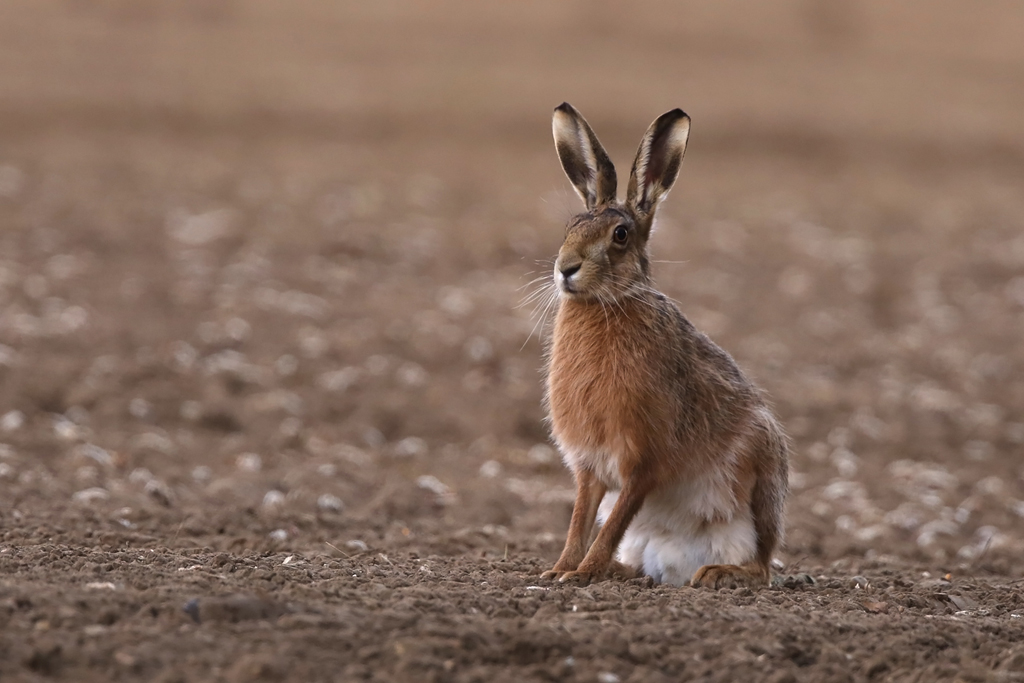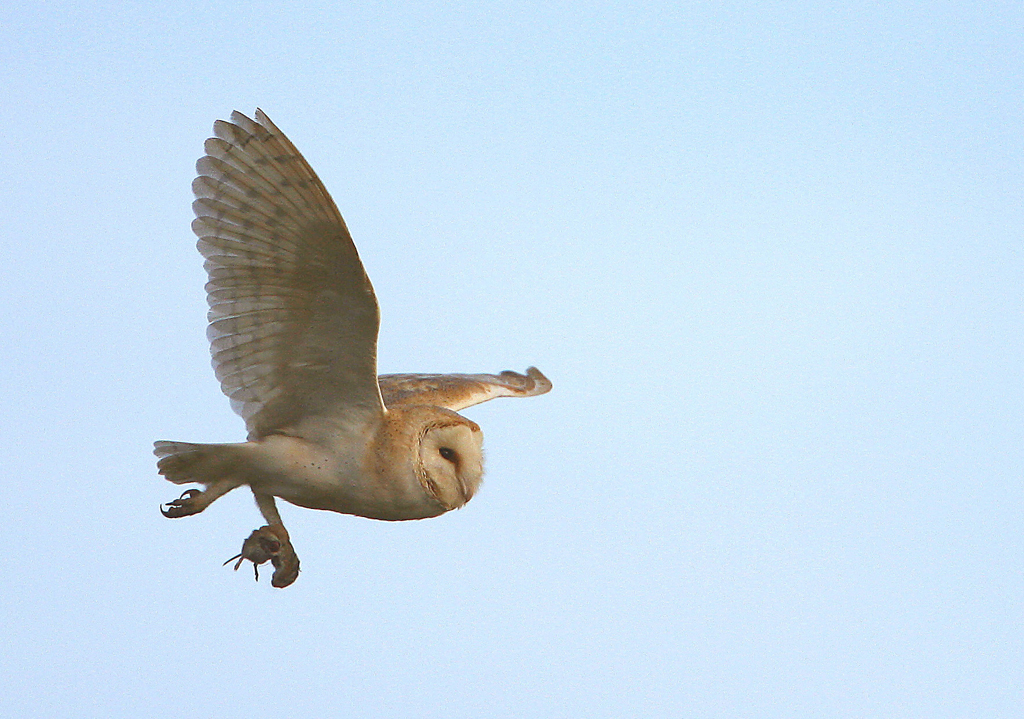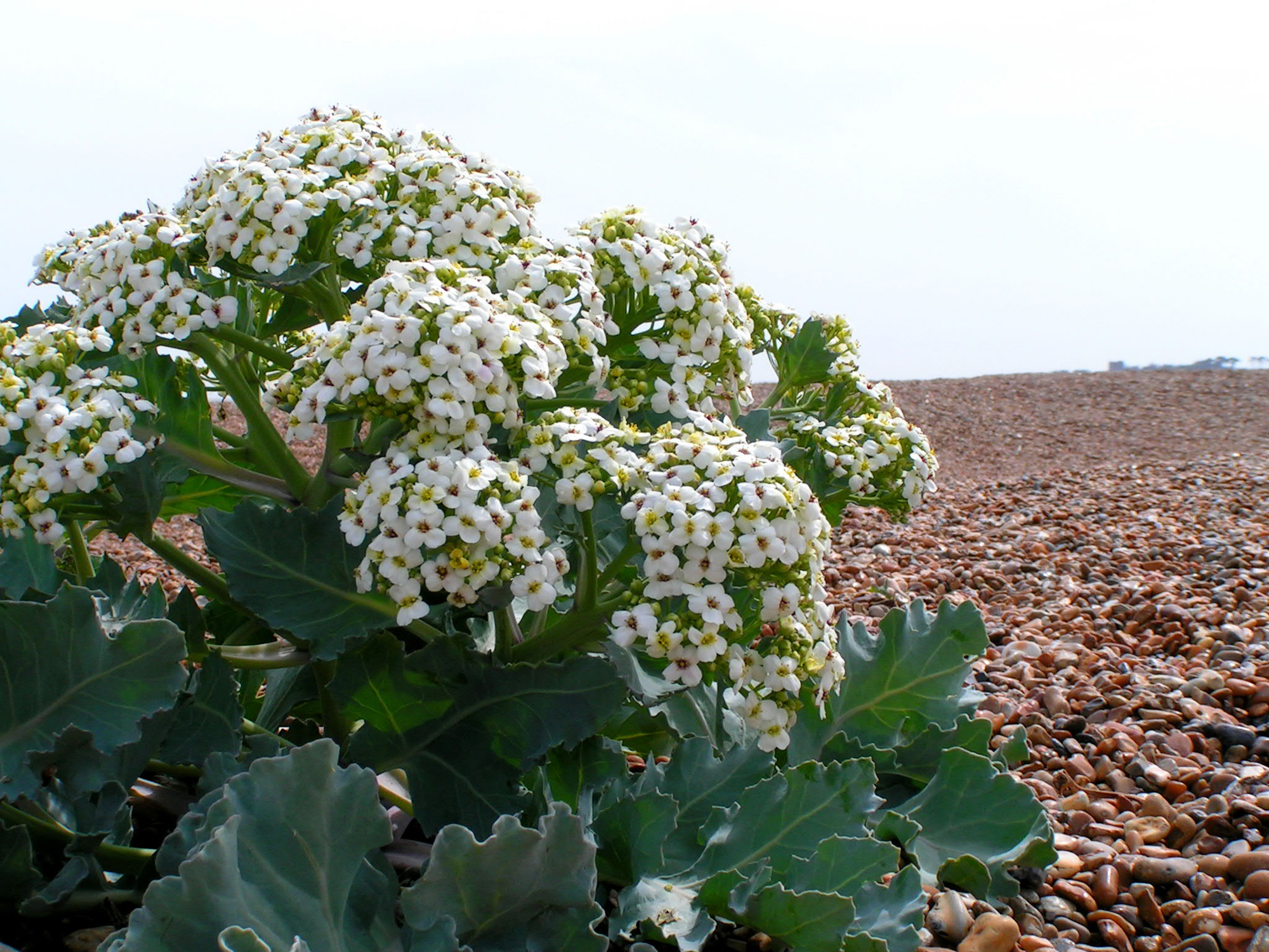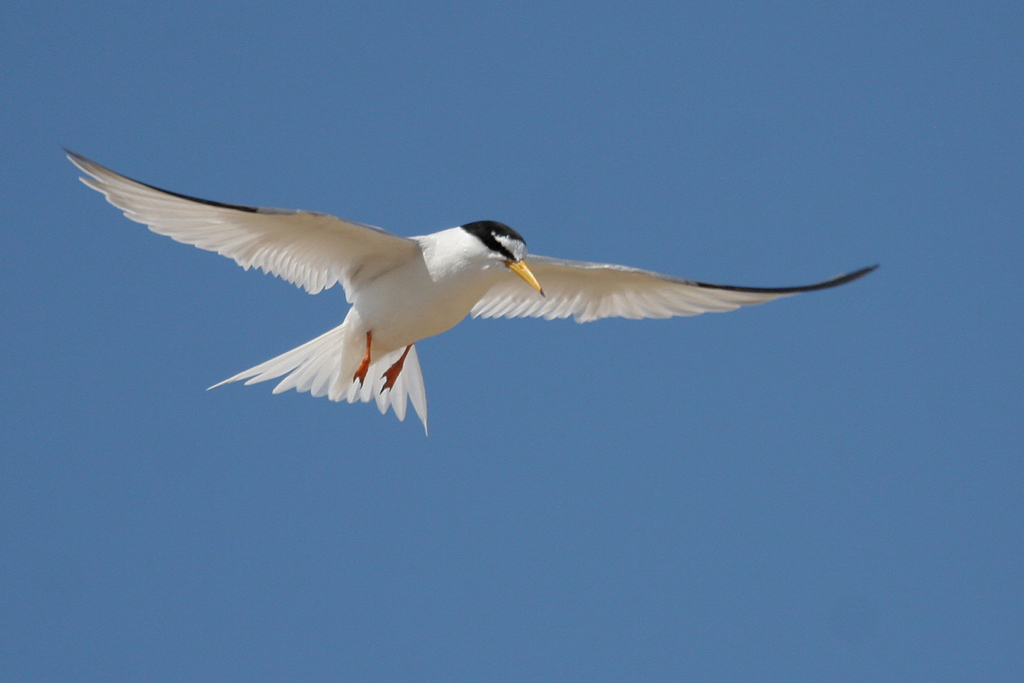July is usually a quiet time for birds but it’s often the best month of the year to see butterflies, emerging to drink in nectar from the summer flowers. This year, however, we’ve had such disturbed weather with these heavy rains and squally winds that many things have been knocked out of kilter. Knocked out of the sky, too, in the case of butterflies, many of which are just venturing out for the first time in all their fragile beauty. Imagine how vulnerable they are if caught in a downpour, with huge raindrops exploding on and around them like shells. In fact, they dive for cover in a shower, just as we do. They usually hide under nature’s own umbrellas, clinging to the underside of leaves and using the clever waterproofing on their scales, like the overlapping tiles on a roof, to shed stray droplets from those delicate wings.
These scales are one of the distinguishing features of the larger grouping of both moths and butterflies called Lepidoptera, literally ‘winged with scales’. The thousands of scales on a butterfly’s wing are a wonderful piece of micro-engineering. They act as tiny reflectors, which bounce the light off to create those shining colours, and they are also subtly ridged to serve as gutters, funnelling moisture away to keep the insect dry.
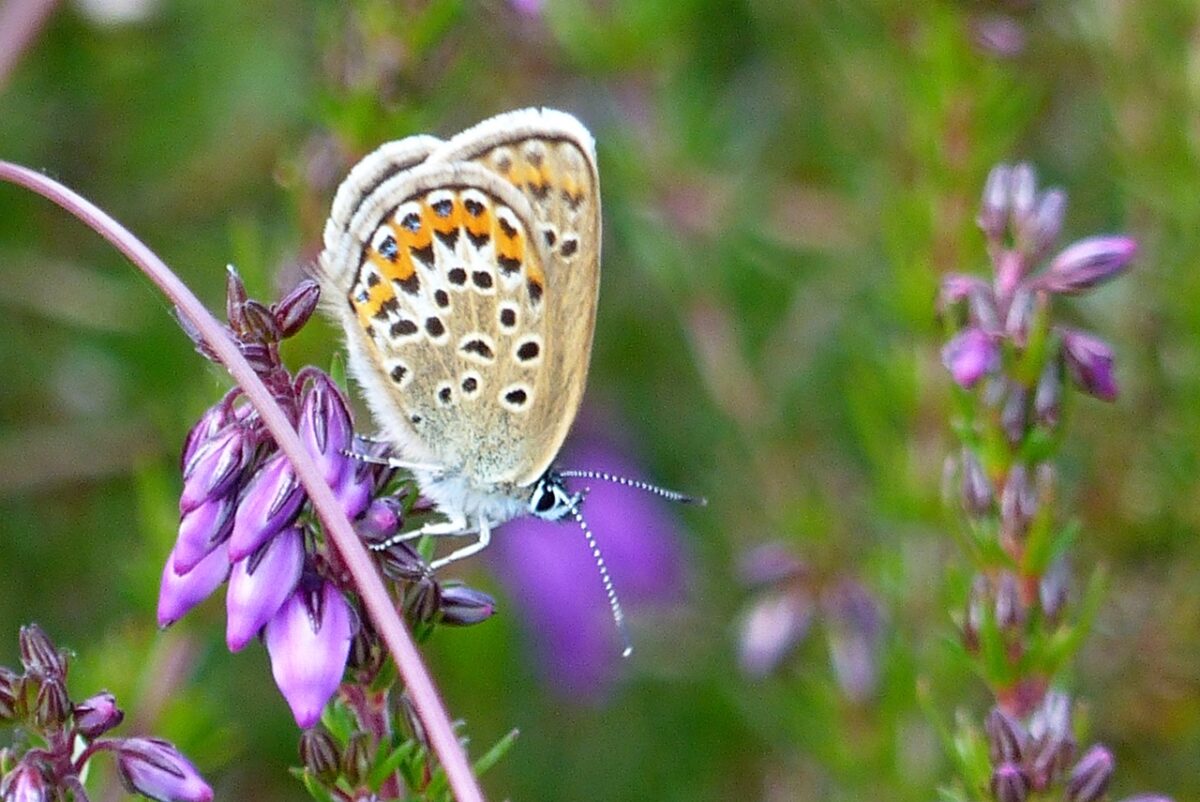
Butterflies have other ingenious survival tricks, too, and they need them. Suffolk has suffered terrible losses in its butterfly populations over the last century. The famous Suffolk entomologist, Claude Morley, writing in the 1920s, lamented even then that all we would soon see were ‘the plebs of the highways and hedges’, by which he meant the commoner kinds of whites, browns and blues. Since then many of these have gone from the county too, but one ‘pleb’ which is still just about surviving on Suffolk heathlands is Plebejus argus (‘small pleb with many eyes’), the silver-studded blue. This species has evolved a very clever alliance with ants. By day, the young caterpillars are shepherded to ant’s nests for protection from predators like birds, emerging at night to feed on the heathers. In return, the ants feast on the sugary secretions suppplied from glands on the caterpillars’ bodies. ‘Win-win’ – a happy symbiosis.
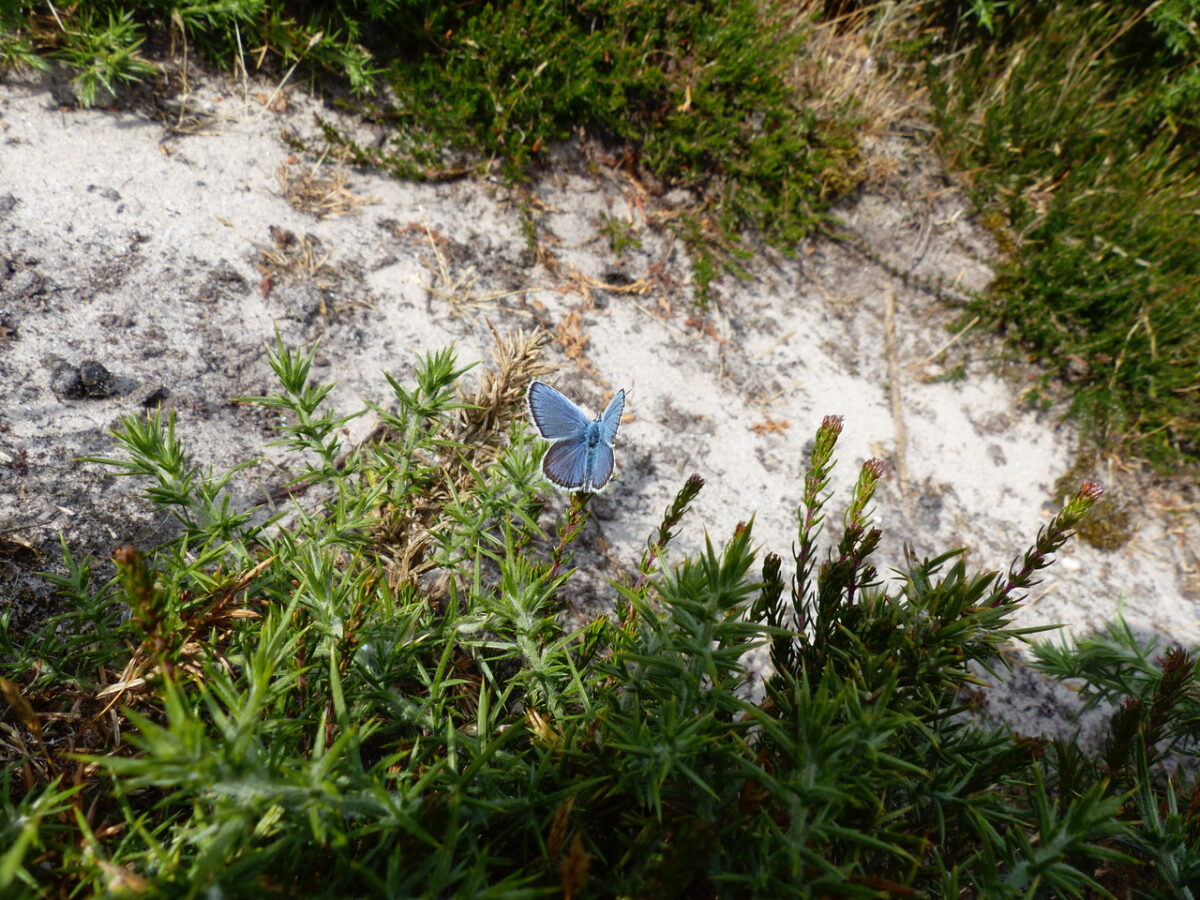
The silver-studded blue is so named from the brilliant pinheads of iridescent scales on the underside of its wings. I went to watch some of these little beauties recently on Hollesley Heath, fluttering about in a sunny spell. The spectacle lasted just an hour. The clouds closed in and the rains came again. But as the great Indian poet, Rabindranath Tagore noted, ‘The butterfly counts not in months but moments, and has time enough’.
Jeremy Mynott
8 July 2024




